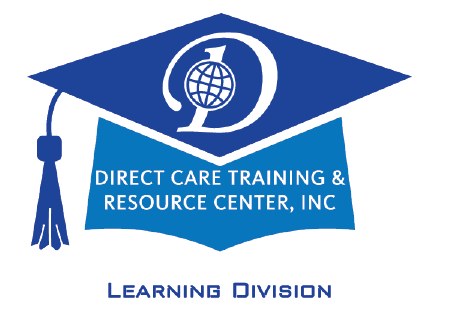In the healthcare sector, rehabilitation providers play a crucial role in the recovery process of catastrophically injured patients. These providers face the unique challenge of reaching out to a specific patient demographic that requires highly specialized care. Mass media, with its extensive reach and influence, offers a powerful tool for these providers to connect with potential patients and their families. This article explores effective strategies, highlights successful campaigns, and discusses the benefits, challenges, and ethical considerations of using mass media for patient attraction.
Strategies for Effective Use of Mass Media…
1 . Storytelling with Impact: One of the most compelling ways to use mass media is through storytelling. Sharing success stories of past patients, with a focus on their journey from injury to recovery, can inspire hope and trust in potential patients. These stories should highlight the specialized care and support provided by the rehabilitation center, showcasing the tangible outcomes achieved.
2 . Educational Content: Providing educational content that addresses common concerns and questions related to catastrophic injuries can position a provider as a thought leader in the field. This can include articles, infographics, and videos on topics such as the latest rehabilitation techniques, coping strategies for families, and patient rights. Educational content not only informs but also builds trust with potential patients.
3 . Strategic Partnerships: Collaborating with organizations that have a vested interest in the welfare of catastrophically injured individuals, such as non-profits or advocacy groups, can amplify the reach of a provider’s message. These partnerships can lead to joint media campaigns, events, or sponsorships, extending the provider’s visibility to a wider audience.

4 . Utilizing Social Media: Social media platforms offer a direct line of communication to potential patients and their families. By creating engaging content that resonates with their audience, rehabilitation providers can foster a community of support, share patient success stories, and highlight their services. Social media also allows for real-time interaction, providing an opportunity to answer questions and offer guidance.
5 . Expert Appearances: Providers can increase their visibility and credibility by featuring their experts in media appearances. This can include interviews on local news channels, health-focused television programs, or podcasts. These appearances allow providers to discuss the importance of specialized rehabilitation services and how they support the recovery of catastrophically injured patients.

Successful Campaign Examples:

Several rehabilitation providers have successfully utilized mass media to attract patients. For instance, a campaign featuring a series of mini-documentaries showcasing the recovery journeys of multiple patients achieved significant attention, leading to an increase in inquiries from potential patients. Another example is a provider who launched an educational series on social media, covering various aspects of catastrophic injury rehabilitation, which resulted in increased engagement and referrals.
Benefits and Challenges:
The use of mass media offers numerous benefits, including increased visibility, the ability to reach a broad audience, and the opportunity to educate the public about catastrophic injuries and rehabilitation services. However, providers must navigate challenges such as ensuring the accuracy of the information presented, respecting patient privacy, and managing the costs associated with mass media campaigns.
Ethical Considerations:
When utilizing mass media, rehabilitation providers must adhere to ethical standards. This includes obtaining consent from patients before sharing their stories, presenting information in a manner that is truthful and not misleading, and ensuring that content is sensitive to the experiences and challenges faced by catastrophically injured individuals.
Our Summary and Conclusion…
For rehabilitation providers serving catastrophically injured patients, mass media is a valuable tool for attracting new patients. By employing strategies such as storytelling, educational content, strategic partnerships, social media engagement, and expert appearances, providers can effectively reach and connect with their target audience. Successful campaigns demonstrate the potential of mass media to inspire, educate, and build trust with potential patients. However, it is crucial for providers to navigate the ethical and practical challenges associated with mass media to ensure that their efforts are both effective and responsible.
Photos used are for the sole purpose of complementing the written word. They do not imply a relationship with or endorsement by any individual or entity and may belong to their respective copyright holders. Twitter is now known as “X”.

Another Blog Post by Direct Care Training & Resource Center, Inc. Photos used are designed to complement the written content. They do not imply a relationship with or endorsement by any individual nor entity and may belong to their respective copyright holders.
| Follow us in the Social Stratosphere… | ||||
|
|





